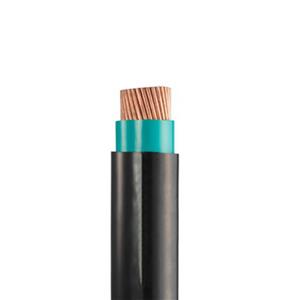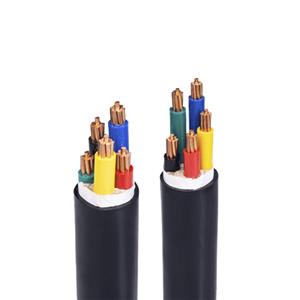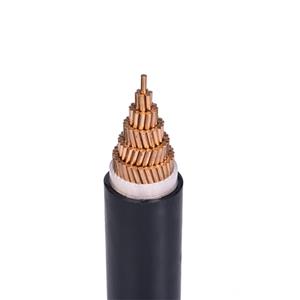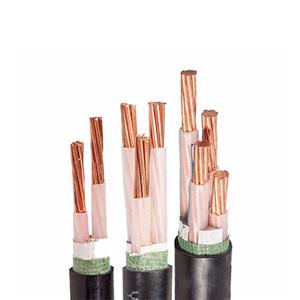How many watts and currents can different gauges of household wire carry?
Home is a warm haven, and within this haven, electricity is a key element in making life convenient and comfortable. When it comes to home renovations, choosing the right home wire is very important. If the wire specifications don't match the power requirements of your appliances, it's like trying to pull a heavy cart with a small horse. Overloading the wires can easily cause overheating, accelerating insulation degradation, and even causing fires.
Common wire sizes for home wire include 1mm2, 1.5 mm2, 2.5 mm2, 4mm2, 6mm2, and 10mm2. The number here refers to the cross-sectional area of the wire conductor. The most obvious difference between wires of different specifications is their thickness.
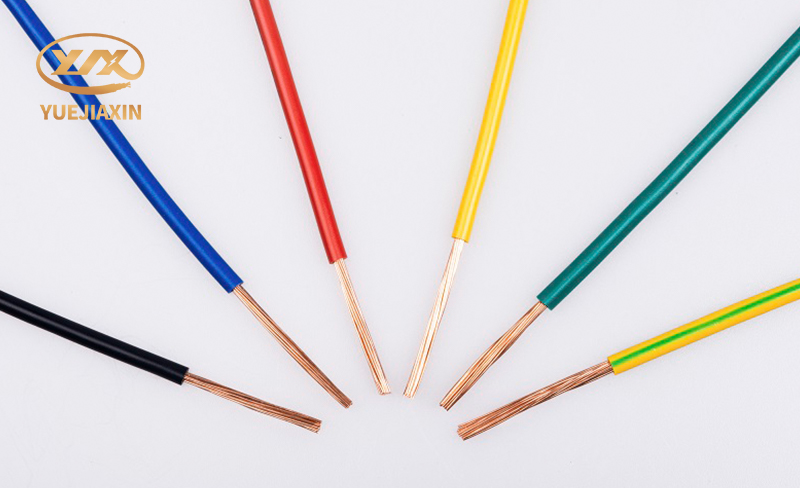
Now that we've learned about common wire specifications, let's analyze the wattage and current ratings for different wire sizes.
1mm2 copper core cable has a long-term load current of 8A to 12A, while an aluminum core cable can handle a current of 3A to 5A per square meter. 1.5mm2 copper core cable has a long-term load current of 12A to 15A. For copper power cables, the maximum allowable operating current is 20A for open-wire installation and 16A for concealed installation in steel conduit. 2.5mm2 copper core cable has a long-term load current of 16A to 25A. In daily life, 2.5mm2 wires are widely used. Ordinary sockets in living rooms and bedrooms are used to connect TVs with a power of generally 100-300W, refrigerators with a power of 100-200W, washing machines with a power of 300-1000W, etc. 2.5mm2 wires can all be used, which can fully meet the power needs of these common household appliances and ensure their stable operation.
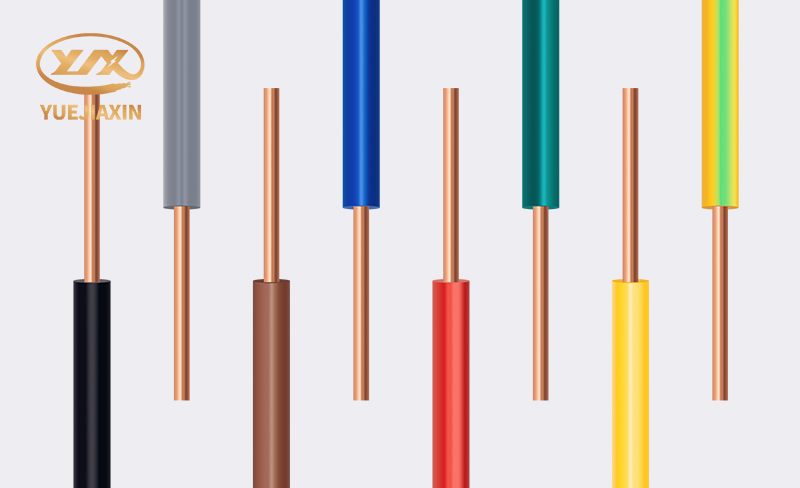
The load-carrying capacity of a wire isn't solely determined by its specifications. Many hidden factors play a subtle role, potentially significantly impacting its current-carrying capacity and load. These factors shouldn't be ignored during home wire and electricity use. A wire acts like a conduit for electric current, and the length of this conduit affects the smoothness of the current flow. The longer the wire, the greater its resistance. Temperature significantly impacts its load-carrying capacity. When current flows through a wire, heat is generated due to its resistance. As the ambient temperature rises, the wire becomes more difficult to dissipate heat, causing its temperature to rise. The wire's resistance increases with temperature, leading to increased current losses and a decrease in its current-carrying capacity. Different installation methods significantly impact heat dissipation and safe current-carrying capacity. Open installation, where wires are exposed to the air, provides excellent heat dissipation and a relatively high current-carrying capacity. The installation environment is also a significant factor influencing wire load.
How can we use this knowledge to make more effective choices and arrangements during home renovations and electricity use? First, when selecting wire specifications, always consider the combined power draw of all appliances in your home. For high-power appliances, such as air conditioners, electric water heaters, and electric ovens, dedicated wiring is essential. When laying wires, choose the appropriate method based on your specific needs. If possible, choose open wiring to improve heat dissipation and current-carrying capacity. Regular wiring inspections are also crucial for ensuring electrical safety.

Safe use of electricity is paramount in family life, and the correct selection and use of electrical wire is key to ensuring this safety. We hope that today's sharing from cable manufacturers will provide a more comprehensive understanding of the loads of home wiring, allowing you to create a safe and comfortable electrical environment for yourself and your family during renovations and daily life.

